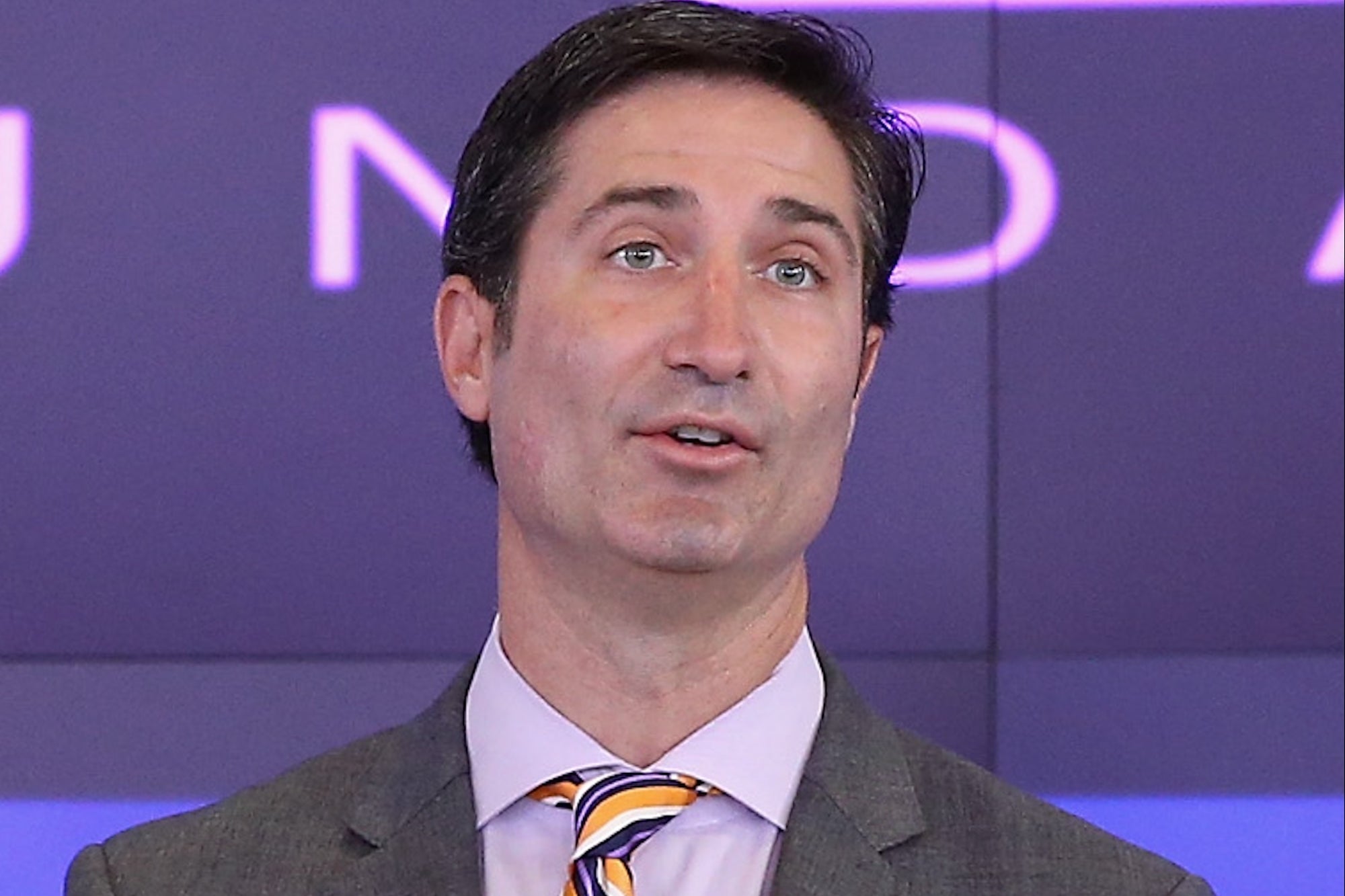Opinions expressed by Entrepreneur contributors are their own.
Emerging brands often misunderstand public relations (PR). Many assume PR is just about press releases or hiring a big agency to land major media coverage. In reality, PR is one of the most effective tools for shaping a brand’s reputation, building trust and standing out in a crowded market.
The challenge? Most startups and small brands don’t know where to begin. So they go to an agency. Cue the horror story.
That’s why many agencies don’t lead with what it really takes to get the ball rolling. Yes, their work can get results — but do you know what those results should be or why they matter for your business? Are you ready for the follow-up and the increased scrutiny that new and intense visibility might generate? Do you have the internal bandwidth to manage an agency relationship and justify the spend?
These questions often get skipped in the rush to “do PR,” but the answers will make all the difference. Most agencies won’t help you figure this part out — because it’s not their job. It’s yours.
Related: Mastering Public Relations — A Comprehensive Guide to Boosting Your Brand’s Reputation
Ditch the old press release and media kit
So let’s start with the OG of public relations planning: the press release and media kit. The traditional press release isn’t dead, but it shouldn’t be the tactic overwhelming all of your other communications activities. The media gets hundreds of press releases and another couple of hundred pitches each day. The same is true for the kits.
Unless your announcement is truly groundbreaking, it’s unlikely to grab attention on its own. Instead, focus on crafting a story that resonates with your audience, solves a problem or taps into a broader trend.
Rather than leading with, “We just launched a new product,” frame the story around an industry shift, customer pain point or unique innovation. Journalists care about narratives, not announcements. Once you get it right, it will make it easy to see where your audience will eat up the story. It will also make it easier to understand which materials you’ll need to share with reporters in a media kit.
Indulge a small exception: I do use frequent press releases laden with keywords and company or product info in digital PR pushes in advance of company events. These can help prop up any online marketing you’re doing, and they’ll live online as a lasting page full of good information. You just need to eliminate from your mind any expectation that a press release will get you a cover story.
Related: 5 Secrets Your PR Team Won’t Tell You
Create your own distribution network
One of the biggest mistakes brands make, especially emerging brands, is waiting for external validation before telling their own story. In today’s digital age, a brand can and should own its own communication channels. Start by building credibility through your website, blog, LinkedIn and other social media channels, and encouraging your employees and partners to contribute.
- Publish insightful blog posts that demonstrate expertise.
- Engage in industry conversations on LinkedIn.
- Share behind-the-scenes content that makes your brand feel authentic.
- Create short-form videos that answer common industry questions.
Unless an expensive production value is part of your brand story, do the best you can but do not be afraid to showcase something that isn’t perfect. By consistently delivering value through owned channels, you create a body of work that media, investors and customers can reference when considering your brand. You will also learn what works and can spend money later on only those pieces of content designed to motivate your audience.
Related: I’ve Run a PR Firm Since 2008 — Here’s What PR Can and Can’t Do
Start where you are: Smart PR on a budget
It’s worth repeating — you don’t need a massive budget or a full-fledged PR team to gain traction. What you do need is a clear message, consistency and a few tools that help you stay plugged into the right conversations. Start by setting up Google Alerts to monitor your brand, competitors and key industry terms. Combine that with a tool like Fe edly to organize relevant blogs, trade publications and thought leaders into one place. This keeps you informed and ready to engage when an opportunity arises.
You’ll find that if you make time to read through the posts and articles written about your brand’s industry, you’ll gravitate toward opportunities you can jump into the conversation naturally.
Next, take advantage of platforms like Qwoted or Featured. These services connect journalists with expert sources and give you a chance to respond to relevant media queries. Even a few thoughtful responses a week can result in credible media mentions over time. It’s not glamorous, but it works and has the added benefit of generating strong, credible backlinks to third-party websites writing about your industry.
Your brand story is another essential asset. Make sure your website and LinkedIn profile clearly communicate who you are, what you do and why it matters. Journalists, potential partners and investors often look here first — don’t make them work to figure out your value. A strong “About” section with a well-framed origin story goes a long way.
Finally, do a little groundwork to understand your media landscape. Keep a running list of publications and journalists who cover your industry. Read their work, follow them on social and engage thoughtfully before you ever pitch them. You don’t need expensive software to do this — just curiosity and a bit of time.
Done right, this kind of DIY effort lays a credible foundation for long-term visibility. It might not feel flashy, but it’s the kind of groundwork that opens doors — and helps you scale PR with intention as your brand grows. Just as importantly, it ensures that when you do invest in outside help — whether it’s a consultant, agency or full-time hire — you’ll know exactly what you need, what to expect and how to measure success. Understanding how the process works means you’re not starting from scratch — you’re simply building on what you’ve already set in motion.
Join top CEOs, founders and operators at the Level Up conference to unlock strategies for scaling your business, boosting revenue and building sustainable success.








